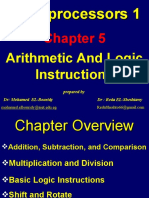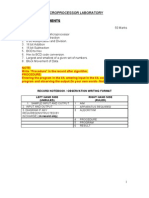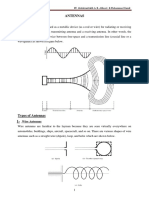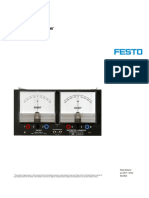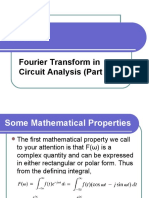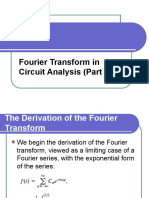0% found this document useful (0 votes)
104 views54 pagesChapter3 - Arithmetic and Logic Instructions
The document discusses arithmetic instructions for unsigned numbers in 80x86 assembly language including addition, subtraction, and multiplication. It provides examples of adding and subtracting bytes and words, and multiplying bytes and words. Subtraction uses 2's complement and the borrow flag is used to determine sign. Multiplication results are stored in AX and DX registers.
Uploaded by
Abdelrahman Shaban - 53Copyright
© © All Rights Reserved
We take content rights seriously. If you suspect this is your content, claim it here.
Available Formats
Download as PDF, TXT or read online on Scribd
0% found this document useful (0 votes)
104 views54 pagesChapter3 - Arithmetic and Logic Instructions
The document discusses arithmetic instructions for unsigned numbers in 80x86 assembly language including addition, subtraction, and multiplication. It provides examples of adding and subtracting bytes and words, and multiplying bytes and words. Subtraction uses 2's complement and the borrow flag is used to determine sign. Multiplication results are stored in AX and DX registers.
Uploaded by
Abdelrahman Shaban - 53Copyright
© © All Rights Reserved
We take content rights seriously. If you suspect this is your content, claim it here.
Available Formats
Download as PDF, TXT or read online on Scribd
/ 54





